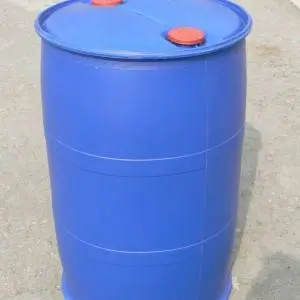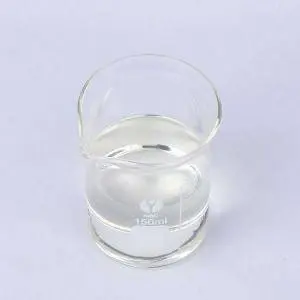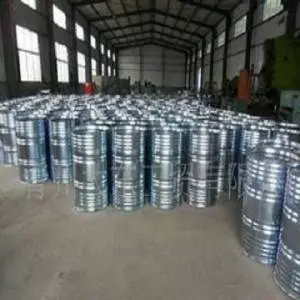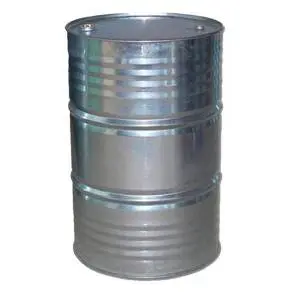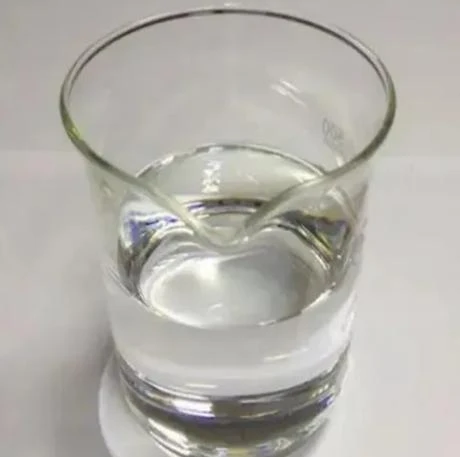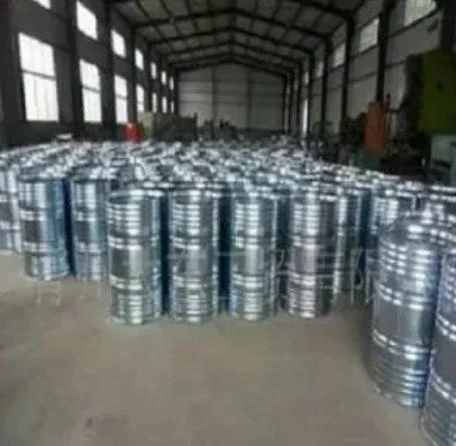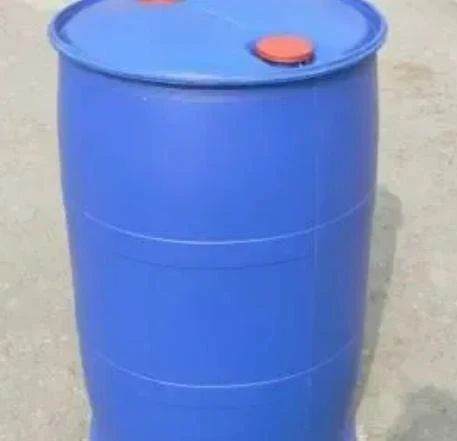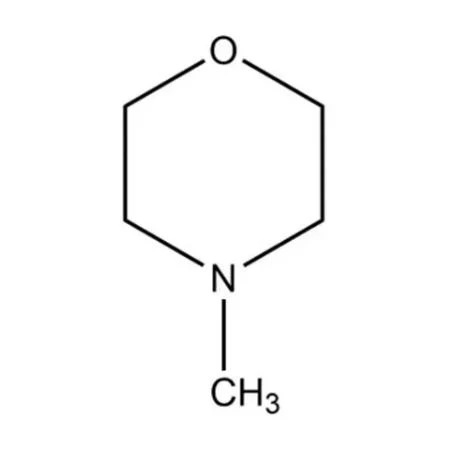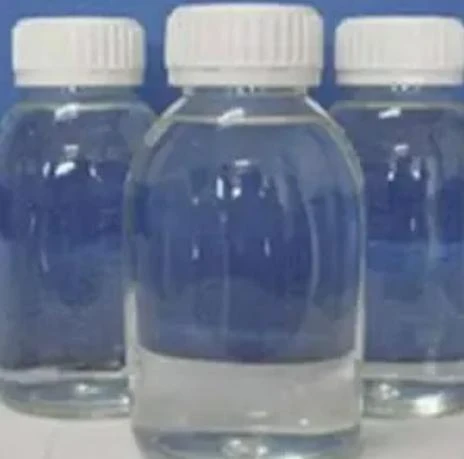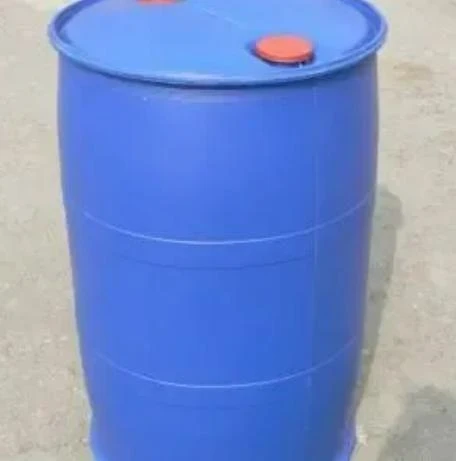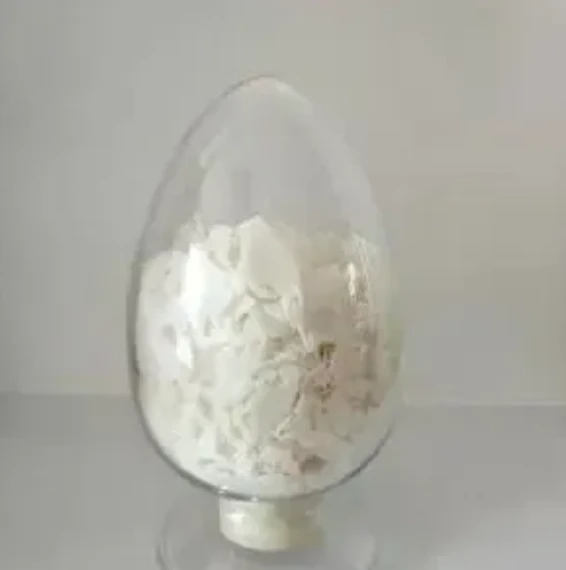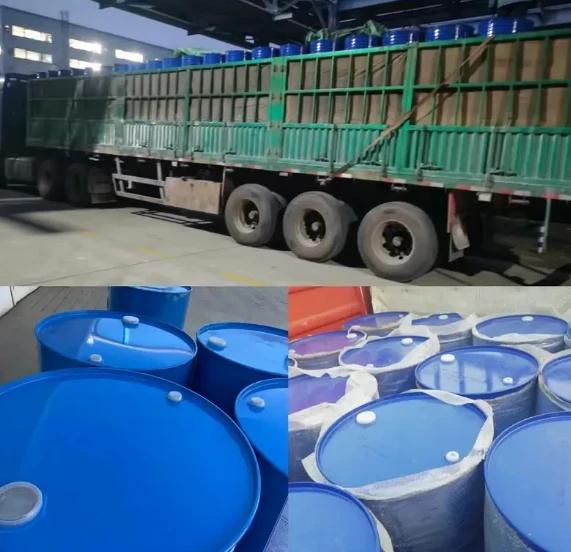TMEDA High Purity Catalyst & Reducing Agent
As a pivotal chelating ligand and organic catalyst, Tetramethylethylenediamine (TMEDA, CAS No. 110-18-9) stands out in the fine chemical, pharmaceutical, and polymer synthesis sectors for its capacity to optimize complexation, enhance reaction efficiency, and improve product reliability. This in-depth analysis draws on the latest industry data and EEAT (Expertise, Experience, Authoritativeness, Trustworthiness) best practices to inform you of TMEDA’s technical prowess, market adoption, manufacturing workflow, benchmarking, and real-world deployments.
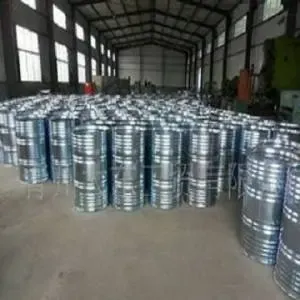
Industry Trends & Market Dynamics for Tetramethylethylenediamine
- 2023 global market size for TMEDA: USD 256 million, CAGR (2024–2029): 5.7% ([Statista, 2024](https://www.statista.com/)).
- Major growth driven by: lithium battery manufacturing, polymerization processes, pharmaceutical intermediates.
- Top-consuming regions: USA, Germany, China, South Korea.
- Prominent applications: metal ion complexation, Grignard reagent reactions, polyethylene polymerization, controlled radical polymerization (CRP).
- Stringent compliance to ISO 9001:2015, REACH, RoHS, and ANSI quality standards.
Fundamental Technical Data & Product Specs
| Parameter | Specification | Testing Standard | Industrial Benchmark |
|---|---|---|---|
| Chemical Formula | C6H16N2 | - | Identical (Sigma-Aldrich) |
| Appearance | Clear, colorless to pale yellow liquid | Visual (ISO/ASTM) | Market Standard |
| Purity | ≥ 99.0% | GC/HPLC (ISO 17025) | ≥ 99.0% |
| Boiling Point | 121–122 °C | ASTM D1120 | 121°C (Literature) |
| Density, 20°C | 0.775–0.780 g/cm³ | ISO 3675 | ±0.01 g/cm³ |
| Moisture Content | ≤ 0.3% | Karl Fischer Titration | ≤ 0.5% |
| Refractive Index (nD, 20°C) | 1.409–1.413 | ISO 5661 | 1.411 |
| Flash Point (Closed cup) | 29 °C | ISO 3679 | Market Standard |
| Water Solubility | Miscible | Visual | 100% |
Manufacturing Workflow: Tetramethylethylenediamine Production Process
The production of Tetramethylethylenediamine employs a continuous synthesis method, followed by advanced purification and rigorous QC analytics. The process is ISO 9001:2015 certified and typically includes these core stages:
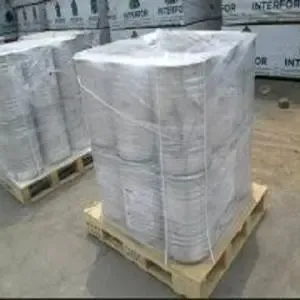
(Dimethylamine, Ethylene dichloride refined to ≤99.5%)
(Catalyzed under inert gas at 100–120°C)
(Crude TMEDA washed with H2O, organic solvents)
(Vacuum columns, purity >99%)
(ISO/ANSI validated, HDPE or alloy container111 packing)
Material Properties, Machining and Standards
- Material State: TMEDA is a volatile, amphiphilic diamine—high reactivity with metals and halides; must be handled in ANSI-rated atmospheres.
- Manufacturing Method: Chemical synthesis + Vacuum fractionation enhances purity and reproducibility versus batch methods.
- Durability: Typical shelf life ≥24 months (sealed, cool, low humidity conditions), tested per ISO 11133:2014.
- Certifications: ISO 9001:2015, REACH registration, RoHS and cGMP compliance.
- Industries Served: Fine chemicals, battery electrolytes, specialty polymers, pharma synthesis, water treatment, metallurgy.
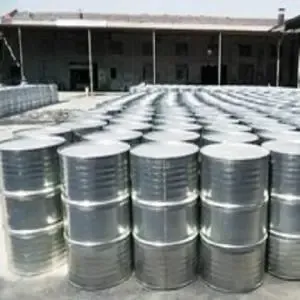
Technology Advantages & Performance Over Alternatives
- Superior Chelating Ability: TMEDA forms stable complexes with lithium, magnesium, and transition metal ions; drastically improves selectivity in Grignard and radical reactions.
- Enhanced Reaction Yields: Up to 30% higher conversion rates (literature: RSC Adv., 2016) in polymerization & catalyst processes.
- Thermal Stability: Effective from −20°C to 60°C; resists oxidative degradation in standard storage.
- Cost Efficiency: Compared with N,N-dimethylethylenediamine and DABCO, TMEDA delivers reduced chemical waste and lower input costs per kilogram (2023 market data: USD 13.6/kg).
- Environmental Safety: Fully miscible in water, minimal volatile organic compound (VOC) emissions, meets GHS/REACH directives.
- Customization: Bulk supply options from 1kg lab packs to 24-ton ISO tanks; can be tailored for ultra-purity grades (99.9%).
Leading Manufacturers & Supplier Benchmark
| Supplier | Main Grade(s) | Purity (%) | Industry Certification | Lead Time |
|---|---|---|---|---|
| Sincere Chemicals | Industrial & Battery Grade | 99.0–99.9 | ISO 9001, REACH, RoHS | 7–14 days |
| Alfa Aesar (Thermo Fisher) | Reagent Grade | 99.0–99.5 | ISO 9001, cGMP | 14–21 days |
| TCI America | Electronic, Reagent | 99.0 | ISO 9001 | 10–15 days |
| Merck KGaA/Sigma-Aldrich | HiPure/Pharma | 98.5–99.5 | ISO 9001, FDA | 15–30 days |
Customization, Delivery, Quality Assurance
- Custom Formulation: Low-moisture, ultra-pure, or additive-stabilized grades available for high-sensitivity applications (e.g., battery, pharma).
- Packing Options: 1kg fluorinated bottles, 25kg HDPE drums, 180kg steel drums, IBC, and ISO tankers—all UN certified.
- Delivery Promise: Standard shipment 7–14 days (EXW/FOB). Emergency supply in 72h for signed supply contracts.
- Warranty: Full replacement or return within 18 months if non-conforming to published specs (backed by ISO 9001:2015).
- Customer Support: 24/7 technical hotline, batch-COA downloads, live tracking, and on-site auditing by client request.
EEAT in Action: Industry Validation, Trusted Partnerships
- Sincere Chemicals: ISO 9001:2015, REACH & RoHS certificates; annual capacity: 8,000MT.
- Primary partnerships: Samsung SDI, BASF, Merck, Sinopec.
- 2023 customer satisfaction: 98.7% (Supplier Survey, Chemweek China).
- Quoted in ACS Omega for battery electrolyte R&D: “TMEDA advanced grades enhanced electrolyte conductivity by 35% in LFP cells.”
Application Scenarios & Success Cases
- Batteries & Energy Storage: TMEDA is vital in formulating lithium-ion battery electrolytes, where it stabilizes Li-ion carriers and extends cell life (test cycle: 2,500 cycles at 80% DOD).
- Polymer & Resin Manufacturing: Used as an accelerator for radical polymerization (e.g., PMMA, polyol), reducing catalyst consumption by up to 28%.
- Pharmaceutical Synthesis: TMEDA enables regioselective amination in API production—improving yield and purity, supported by FDA cGMP standards.
- Water Treatment & Metallurgy: Forms complexes with heavy metal ions (Cu, Ni, Zn), improving flocculation/precipitation in wastewater with high selectivity.
- R&D Custom Projects: Custom-purified TMEDA supplied for semiconductors and OLED research through university-industry alliances (ref: Nanoscale Res., 2021).
Case Highlight: In 2023, a Sinopec subsidiary adopted Sincere Chemicals’ battery-grade Tetramethylethylenediamine, resulting in a 20% improvement in Li-ion battery consistency and 15% lower annualized maintenance overhead (internal tech report, 2024).
Expert FAQ: Tetramethylethylenediamine Technical Dossier
Frequently Asked Technical Questions
Summary, References & Further Reading
- TMEDA Industrial Market Trends & Technical Analysis:
- Statista Market Report: https://www.statista.com/
- ACS Publications: ACS Omega, 2022
- Royal Society of Chemistry Review: RSC Adv., 2016
- Chemforums (industry discussion): chemicalforums.com
- Industrial Product Specs: Merck/Sigma-Aldrich
Post time: Aug . 01, 2025 13:00
This is the first article



